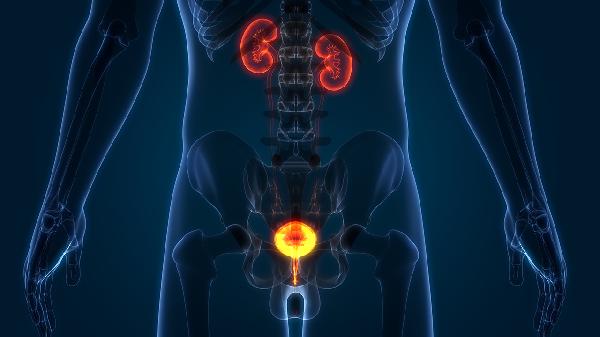Paraphimosis is a medical condition that occurs when the foreskin of an uncircumcised male is retracted behind the head of the penis and cannot be returned to its normal position. This leads to constriction, which impairs lymphatic and venous drainage, causing swelling and potential complications. The condition is commonly associated with phimosis (tight foreskin) or redundant foreskin, and the most effective preventive measure is circumcision. Here’s a detailed look at the causes, symptoms, diagnosis, treatment, and prognosis of paraphimosis.

Causes of Paraphimosis
Paraphimosis often results from sexual activity or masturbation, where the foreskin is pulled back and not promptly returned to its original position. The retracted foreskin forms a constrictive ring, which, over time, obstructs lymphatic and venous flow, leading to swelling. Additionally, medical procedures such as catheterization or cystoscopy, if not followed by proper foreskin repositioning, can also trigger this condition.
Symptoms and Clinical Presentation
The hallmark of paraphimosis is a visible constrictive ring around the foreskin, accompanied by swelling of the distal foreskin and glans (head of the penis). Patients often experience severe localized pain, which worsens with time. Urinary difficulties may arise, and in children, the condition can cause significant distress, often manifesting as persistent crying. If left untreated, prolonged constriction can lead to ischemia (lack of blood flow) and necrosis (tissue death) of the affected area.
Diagnosis
Diagnosis is primarily based on clinical history and physical examination. A history of phimosis or redundant foreskin, combined with recent sexual activity or medical procedures, raises suspicion. Physical findings include a constrictive ring, swollen foreskin, and a tender glans. These observations are typically sufficient to confirm the diagnosis.
Treatment Options
Immediate intervention is crucial to prevent complications. Treatment involves manual or surgical reduction of the foreskin. Manual reduction is performed by gently compressing the swollen foreskin while pushing the glans back into its normal position. In cases of severe swelling, a healthcare provider may use a needle to puncture the foreskin, releasing trapped fluid to facilitate reduction. If manual methods fail, surgical intervention is necessary. This involves making a small longitudinal incision (0.5–1 cm) on the dorsal side of the constrictive ring to relieve pressure, followed by repositioning the glans and suturing the incision.
Prognosis and Prevention
With timely treatment, the prognosis for paraphimosis is generally favorable. However, recurrence is possible if the underlying cause, such as phimosis, is not addressed. Circumcision is the most effective preventive measure, eliminating the risk of paraphimosis altogether. For those who opt against circumcision, proper foreskin hygiene and care during sexual activity or medical procedures are essential to minimize the risk.
Conclusion
Paraphimosis is a preventable yet potentially serious condition that requires prompt medical attention. Understanding its causes, recognizing its symptoms, and seeking timely treatment can prevent complications and ensure a positive outcome. For individuals with recurrent issues or predisposing factors, circumcision offers a definitive solution, underscoring the importance of proactive healthcare decisions.
























